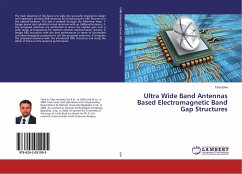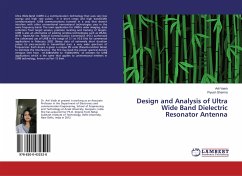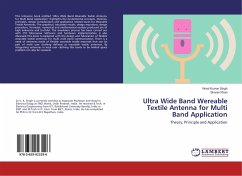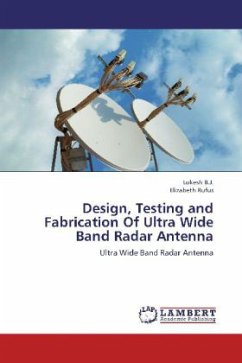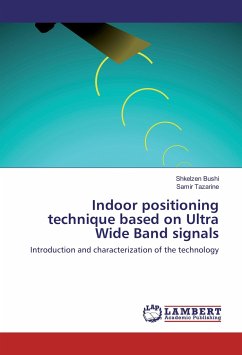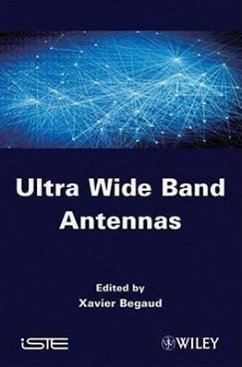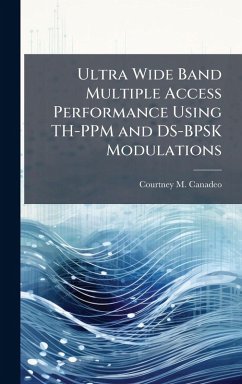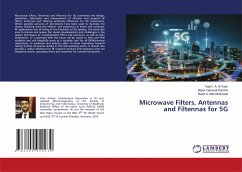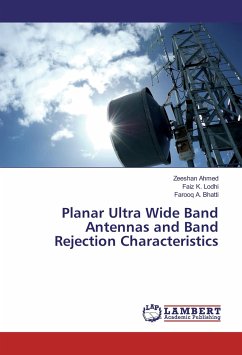
Planar Ultra Wide Band Antennas and Band Rejection Characteristics
Versandkostenfrei!
Versandfertig in 6-10 Tagen
37,99 €
inkl. MwSt.

PAYBACK Punkte
19 °P sammeln!
The orthodox wireless systems were long-range narrowband systems but in order to use the available spectrum, Ultra WideBand (UWB) short-range systems are being used which consume low power and are built using low-priced digital components. The Microstrip Antennae are designed to implement UWB systems because they show effective results for broadband antennae. UWB antennas are by far the most essential elements for UWB systems. With the launch of the 3.1-10.6GHz band, applications for short-range and high-bandwidth portable gadgets are major research areas in UWB systems. Consequently, the ackn...
The orthodox wireless systems were long-range narrowband systems but in order to use the available spectrum, Ultra WideBand (UWB) short-range systems are being used which consume low power and are built using low-priced digital components. The Microstrip Antennae are designed to implement UWB systems because they show effective results for broadband antennae. UWB antennas are by far the most essential elements for UWB systems. With the launch of the 3.1-10.6GHz band, applications for short-range and high-bandwidth portable gadgets are major research areas in UWB systems. Consequently, the acknowledgment of UWB antennas in printed-circuit systems within comparatively small substrate areas is of major significance. This book exhibits a novel miniaturized Ultra-WideBand antenna with dual band-notch characteristic having size of 19mmx11mmx1.6mm. Printed on low-cost FR4 substrate with relative permittivity of 4.4 and loss tangent of 0.02, the antenna operates in the bluetooth and UWB frequency ranges while the U-shaped (crescent) slot embedded in the patch and the U-shaped slot in the microstrip feed line are used to reject the WIMAX and X-Band Downlink frequency ranges, respectively.



